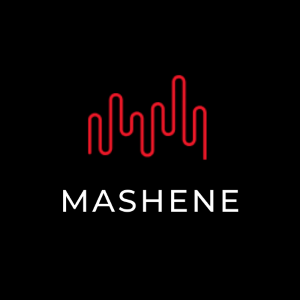In recent years, numerous Black artists have come forward, highlighting the exploitative nature of record deals that dominate the music industry. This systemic issue has led to calls for reform, aiming to create a more equitable environment for all artists. High-profile cases like those of Megan Thee Stallion and Kanye West underscore the urgent need for change. Understanding the intricacies of these contracts is crucial for grasping the full extent of their impact on artists.
The Standard Royalty Deal: An Overview
How It Works
A standard royalty deal is the most common type of record contract. It involves the record label providing the artist with an advance—a lump sum of money intended to cover living expenses and recording costs. In exchange, the label owns the master recordings and earns a percentage of the revenue generated by sales and streams. However, this advance is essentially a loan that must be repaid through the artist’s earnings.
Financial Breakdown
Consider an artist receiving a $1 million advance and spending $200,000 on recording their album. The total amount to be recouped is $1.2 million. If the artist’s royalty rate is 20%, the album must generate $6 million in revenue for the artist to break even. This is because $6 million multiplied by 20% equals $1.2 million, covering the advance and recording costs.
Recoupment Challenges
In the era of streaming, achieving $6 million in revenue is an arduous task. With labels earning approximately $0.005 per stream, an artist would need around 1.2 billion streams to break even. If the artist doesn’t meet this target, the unrecouped balance carries over to subsequent albums, perpetuating a cycle of debt.
The 360 Deal: Expanding Control
How It Works
The 360 deal, also known as a multi-rights deal, allows labels to take a percentage of all income streams an artist generates, not just from record sales. This includes concert revenue, merchandise sales, endorsement deals, and more.
Financial Breakdown
In a typical 360 deal, the label might take a 20% cut from all revenue streams. For instance, if an artist earns $10 million from various sources, the label would take $2 million.
The Independent Route: A Growing Alternative
With the rise of social media and streaming platforms, artists can now build significant followings without major label support. This shift has empowered artists to negotiate better terms or avoid traditional contracts altogether.
Key Issues with Standard and 360 Deals
Lack of Transparency
Confidentiality clauses often prevent artists from fully understanding the terms of their contracts. This opacity leads to unfair deals, as artists are unaware of the true cost of recouping their advances and other expenses.
Exploitative Terms
Standard royalty deals and 360 deals are structured to benefit labels at the expense of artists. The high thresholds for recoupment and extensive revenue cuts ensure that labels profit significantly while artists struggle to make ends meet.
Towards a Fairer Music Industry
Legal Reforms
To protect artists, especially Black artists who are disproportionately affected, legal reforms are necessary. These should include mandatory transparency in contract terms and limits on recoupable expenses.
Empowering Artists
Educating artists about their rights and the intricacies of record deals can empower them to negotiate better terms. Organizations and legal entities should provide resources and support to help artists navigate the complexities of the music industry.
And In The End…
The music industry’s current contract structures are deeply flawed, often trapping artists in cycles of debt and exploitation. To foster a more equitable environment, it is essential to reform these practices and empower artists with the knowledge and resources they need. Only then can we ensure that all artists, regardless of background, can thrive in the music industry.
This article aims to provide a detailed and insightful look into the predatory nature of common record deals, offering a clear understanding of how these contracts are structured and the significant impact they have on artists’ careers. By shedding light on these issues, we hope to contribute to the ongoing dialogue around creating a fairer and more just music industry.



Leave a Reply
You must be logged in to post a comment.